USB ADAPTER BASICS
The USB adapter is the most important part of WiFi set up. As a stated before in the main tutorial the USB adapter is a radio that is tuned to the 2.4 GHz frequency that WiFi works on. As a rule of thumb the more power the radio has the more area coverage it has. For example, every laptop these days has an internal WiFi radio, only problem is that it is usually too weak to even get signals from across the street. These built in radios usually work within the range of 40mW (milliwatts) and 100mW. In order to gain more reception the cheapest solution is to purchase an external WiFi radio most commonly called a USB Adapter. In our store we carry adapters from 200mW up to 2000mW. The external radio connects through your USB port on the PC or laptop and works together with software to “see” more signals by covering a larger area. While in operation nothing changes from your normal steps of connecting to a signal. You can see all the available signals in your available networks menu just as if the USB adapter was not there. If you choose to be more technical you can use the included software program to see the signal data and specs. Our USB adapters work with all Windows OS, Mac OS and is plug and play with Linux.
All our current USB adapters come with external antenna ports. The connector type is SMA RP and any 2.4 GHz antenna or cable with the proper connector will be able to attach. By adding an antenna you focus the coverage area of the radio either directionally or omnidirectional. Depending on your needs you can choose the antenna that is right for you.

 (305) 798-8505
(305) 798-8505
